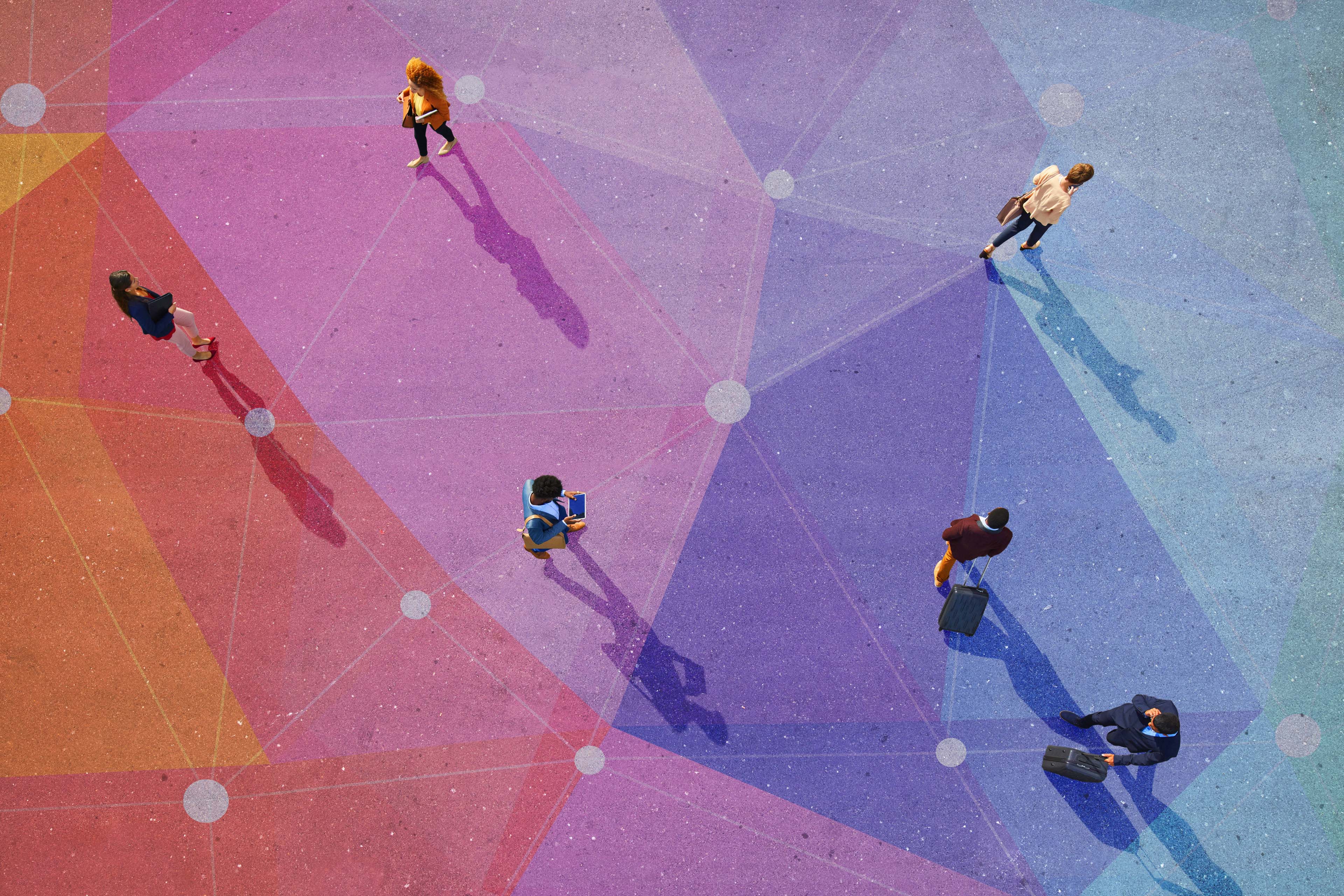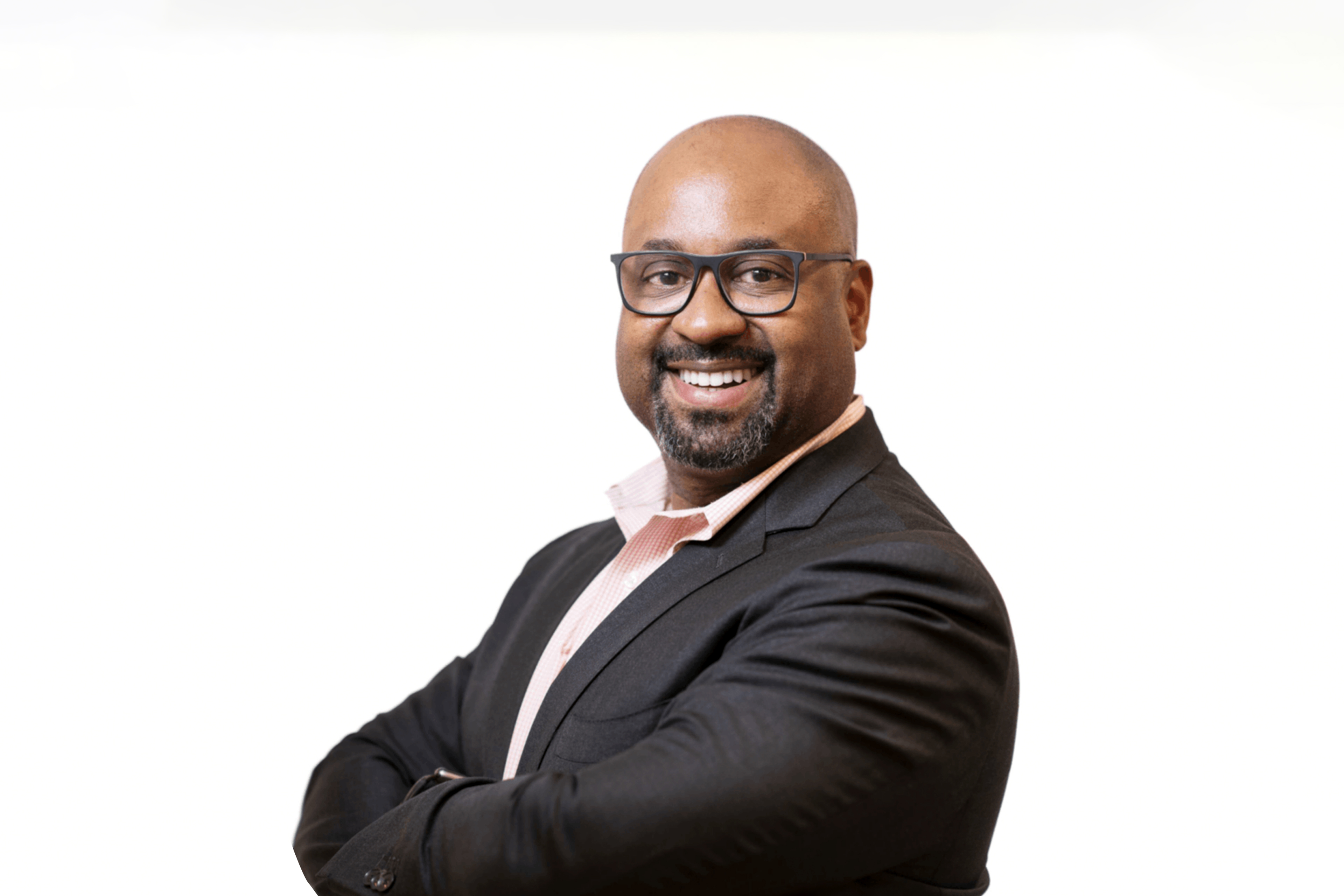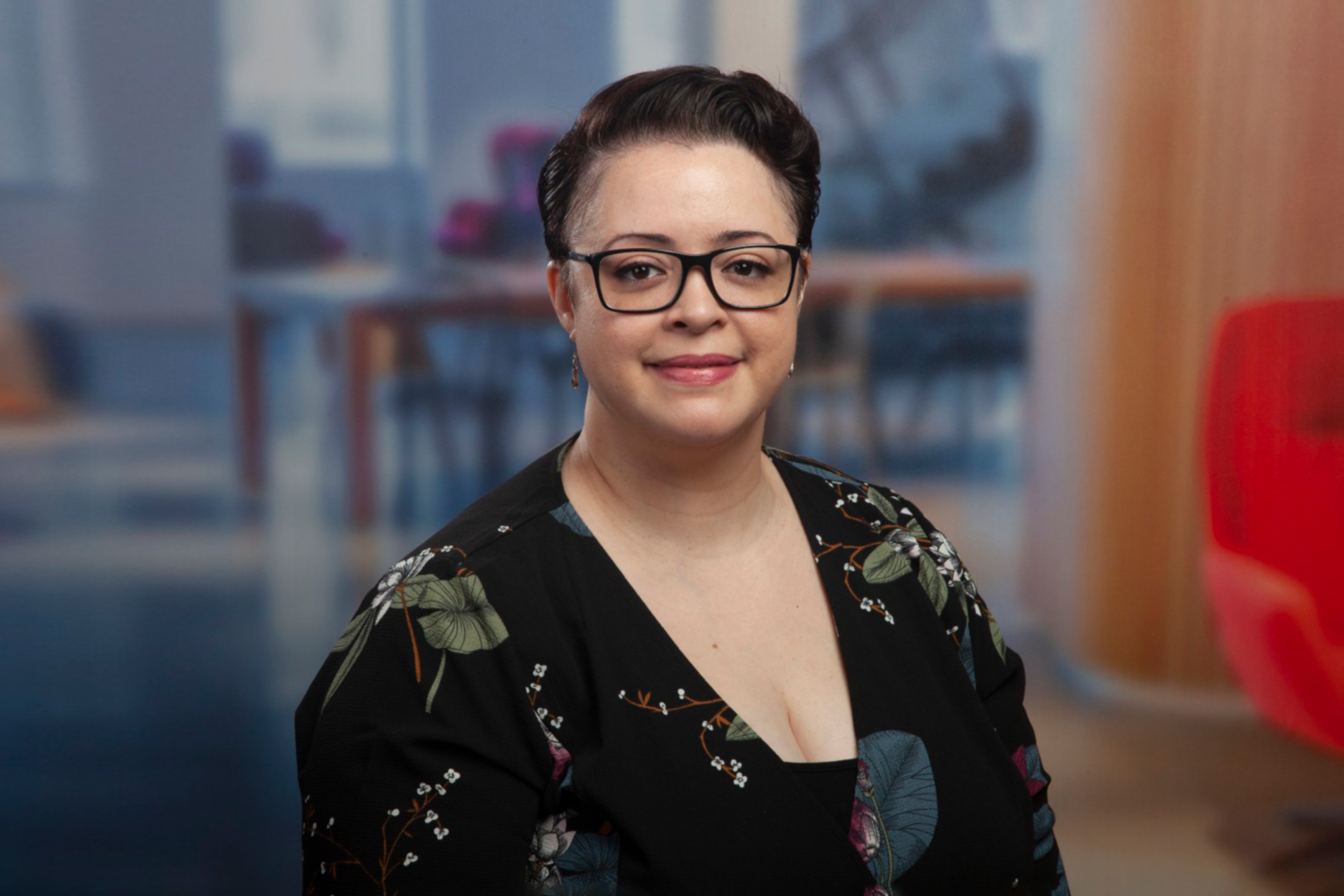EY refers to the global organization, and may refer to one or more, of the member firms of Ernst & Young Global Limited, each of which is a separate legal entity. Ernst & Young Global Limited, a UK company limited by guarantee, does not provide services to clients.

In July 2020, Ernst & Young LLP (EY US) launched our Bridging the digital divide initiative, a journey to support underserved students and other populations by joining forces with organizations to facilitate access to devices, broadband internet service and mentoring.
Too often in the US, a student’s or worker’s potential is limited by geography or economic circumstances. Bridging the digital divide isn’t just about opening doors; its purpose is much bigger. The initiative is an integral part of EY US’ social justice commitment, which is to take decisive action to eradicate racism and discrimination by leveraging our influence to drive strategic change in our firm, in the communities where we work, and support policies that promote digital readiness.
We summarized the progress we’ve made since launching our bridging the digital divide initiative, including our greatest challenges, successes and the impact we’ve made on our communities.
Whether you’re part of an organization looking to make an impact or stepping up as an individual, there’s an opportunity for us all to make a difference. When it comes to the pursuit of racial and social justice, there’s no finish line, just a long-standing commitment to build a better world.


Ginnie Carlier
EY Americas Vice Chair – Talent


Leslie Patterson
EY Americas Diversity, Equity and Inclusiveness Leader


Kevin P. Brown
EY US Digital Business Transformation and Intelligent Automation Principle and Bridging the Digital Divide Executive Sponsor
Systemic racism, discrimination and injustice are a human rights crisis. We vow to continue to be a force and a voice for a more just and equitable world.
EY US is taking actions to eradicate racism and discrimination by leveraging our influence to drive strategic change within our organization, in the communities where we work, and through public policy.
One area we feel passionate about addressing is the digital divide that disadvantages so many underserved communities, making it impossible for all people to fully participate in the modern economy and society.
Nearly half of Americans without at-home internet were in Black and Hispanic households.
Harvard Business Review, “How to Close the Digital Divide in the U.S.”
With the assistance of dedicated staff and resources, we empowered 80-plus EY US offices across the country to study the problems and work to effect change in the best and most impactful way for their communities.
What is the digital divide?
The digital divide describes the gap between those who have access to technology, the internet and digital literacy training and those who do not. It affects all generations, both rural and urban communities, and a wide variety of industries and sectors. Those caught in the divide are not able to fully participate in modern education, economy and society.
Source: Pew Research Center, American Community and Family Survey, NCES
Our vision: access + upskilling = enablement
With the right training, tools and connectivity, more people can access more resources in pursuit of healthier, more connected and successful lives — regardless of their socioeconomic, geographic, racial or cultural background. The keys are:
- Putting devices in the hands of people who need them
- Providing ready and reliable access to broadband internet connectivity
- Offering direct mentoring so individuals develop the skills they need to achieve their full personal and professional potential
EY US’ Bridging the digital divide initiative follows a “now, next and beyond” strategy that applies our consulting acumen with an eye toward social inclusion. “Now” focuses on working with other organizations to support students, families and educators to provide digital devices and broadband access. “Next” is a stabilizing phase in which mentorship creates a path to training skills and future life readiness that can be elevated to transform communities for the “beyond.”
Mentoring matters
Connectivity and devices alone cannot solve the digital learning gap. The private and public sectors are critical in the community effort to support access to education for underserved youths and develop future generations of talent through mentorship.
Youths with mentors are more likely to aim higher. That means participating in sports, attending college, taking on leadership roles and volunteering in their communities.
We know the importance of mentorship firsthand, given EY US’ long-standing programs to increase opportunities for underserved youth. In conjunction with Bridging the digital divide, programs such as our flagship College MAP (Mentoring for Access and Persistence) deliver on our commitment to support the next generation. EY College MAP matches employee volunteer mentors with groups of 11th and 12th graders in underserved high schools throughout the US so they gain access to college and succeed. The program demystifies the process of applying to and paying for higher education and encourages students who might not otherwise have considered it an option. We then work with students to build the skills and confidence they need to persist in completing their post-secondary goals.
One in three youths grows up without a mentor of any kind.
MENTOR, the unifying champion for youth mentoring in the US, defines a mentor as: a “supportive adult who works with a young person to build a relationship by offering guidance, support and encouragement to help the young person’s positive and healthy development over a period of time.”
EY College MAP has been hailed as one of the most innovative and high-impact corporate volunteer programs focused on mentoring in the US. To date, our volunteers have mentored thousands of underserved students across 37 US cities.
The data shows powerful results: 99% of EY College MAP students nationwide graduate from high school and matriculate to colleges and universities or promising trade and military careers (compared with 72% of their relevant peer group).
We’re also engaging EY professionals as volunteer mentors through other impactful programs, such as Network for Teaching Entrepreneurship (NFTE), a global nonprofit that brings the power of entrepreneurship to youths in low-income communities. Another top collaborator is Junior Achievement, the world's largest organization dedicated to educating students in grades K-12 about entrepreneurship, and fosters work readiness and financial literacy through experiential, hands-on programs. Third-party collaborators iMentor and United Way are key as well.
With the help of our corporate, public and nonprofit collaborators, the impact so far has been inspiring:
The digital divide impacts the world beyond education, as many companies are digitizing their operations faster than ever. Many crucial government, financial and telemedicine services have moved online. In addition, as many companies took advantage of the pandemic to drive digital transformation, the digital divide actually broadened, leaving more potential employees, customers and stakeholders unable to engage in the new digital world.








